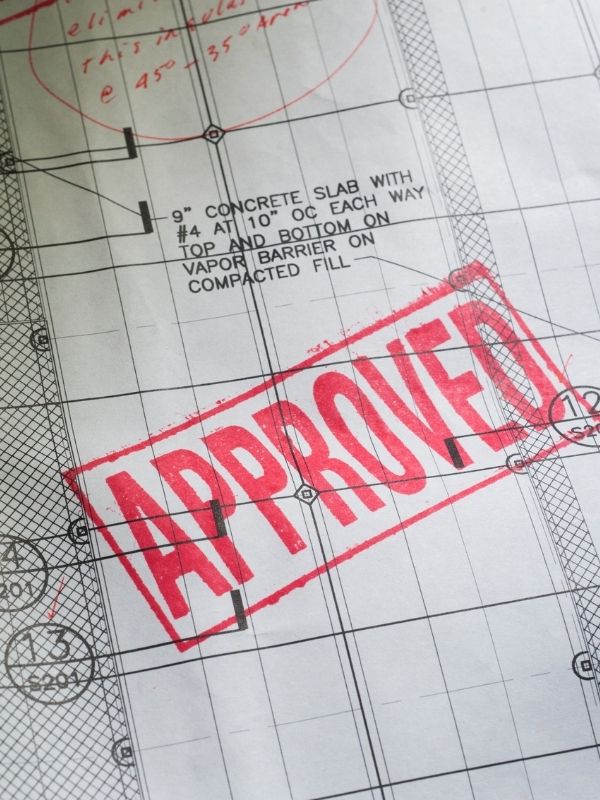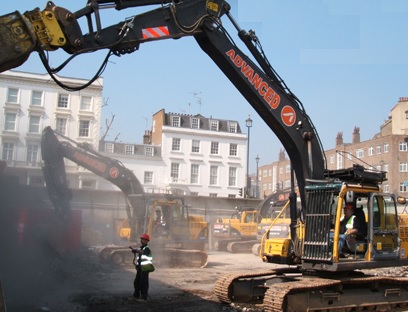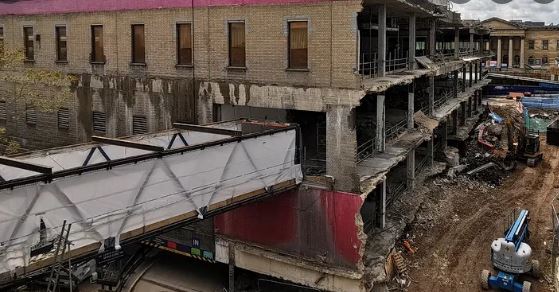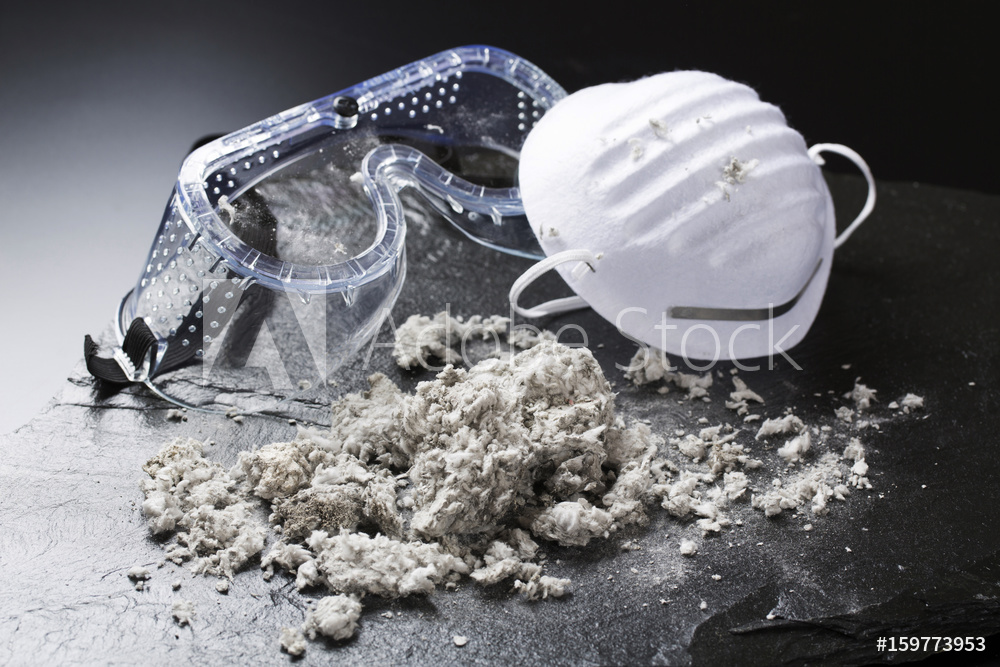Determining the Demolition Methods
Demolitions plans usually illustrate the sequence of demolitions and identify the destruction method that works for the structure with minimal environmental impact. Depending on the construction materials, the demolition company can use non-explosive methods, which use hand tools or machinery, and robotic demolition by employing electric excavators. Some of the non-explosive methods include:
Soft strip: The demolition relies on hand tools to strip off floor coverings, ceilings, lifts, doors, and partitions methodically. The disposal also relies on waste chutes and lifts before carrying the waste out of the site using bins.
High-reach demolition: It uses different types of excavators to raze down a building. High-reach machines are for tall buildings, but a standard machine can take over in the lower levels.
Deconstruction: For panel buildings and tower blocks built with large concrete panels, the contractor uses cranes to remove the panels in reverse order. However, it needs support to ensure it does not collapse during deconstruction.
Explosive demolition uses explosives to remove the foundation of the building, and the entire structure will collapse. Here are some standard methods of explosive demolition depending on how the building collapses:
Falling like a tree: If the house has a significant distance from other buildings in the area, demolishing the house sideways is the best option. The contractor will place the explosives on the lower levels and uses cables to control the direction of the fall.
Falling into footprint: If there is limited space, the contractor can set the explosives in the middle of the building to ensure it implodes on its footprint.
Safety Measures
The demolition plan must stipulate the safety measures in place to protect the contractors and the environment. For instance, there should be strategies to reduce and monitor noise, dust, and vibrations. Fire and emergency plans should be comprehensive and included in the health and safety induction.
Conclusion
When a building becomes uninhabitable, do not worry about the details required for demolition. Instead, hire a demolition company, and they will take care of all the legal documents and work. This protects your neighbours and the environment from pollution and unnecessary disruptions caused by the deconstruction process.














